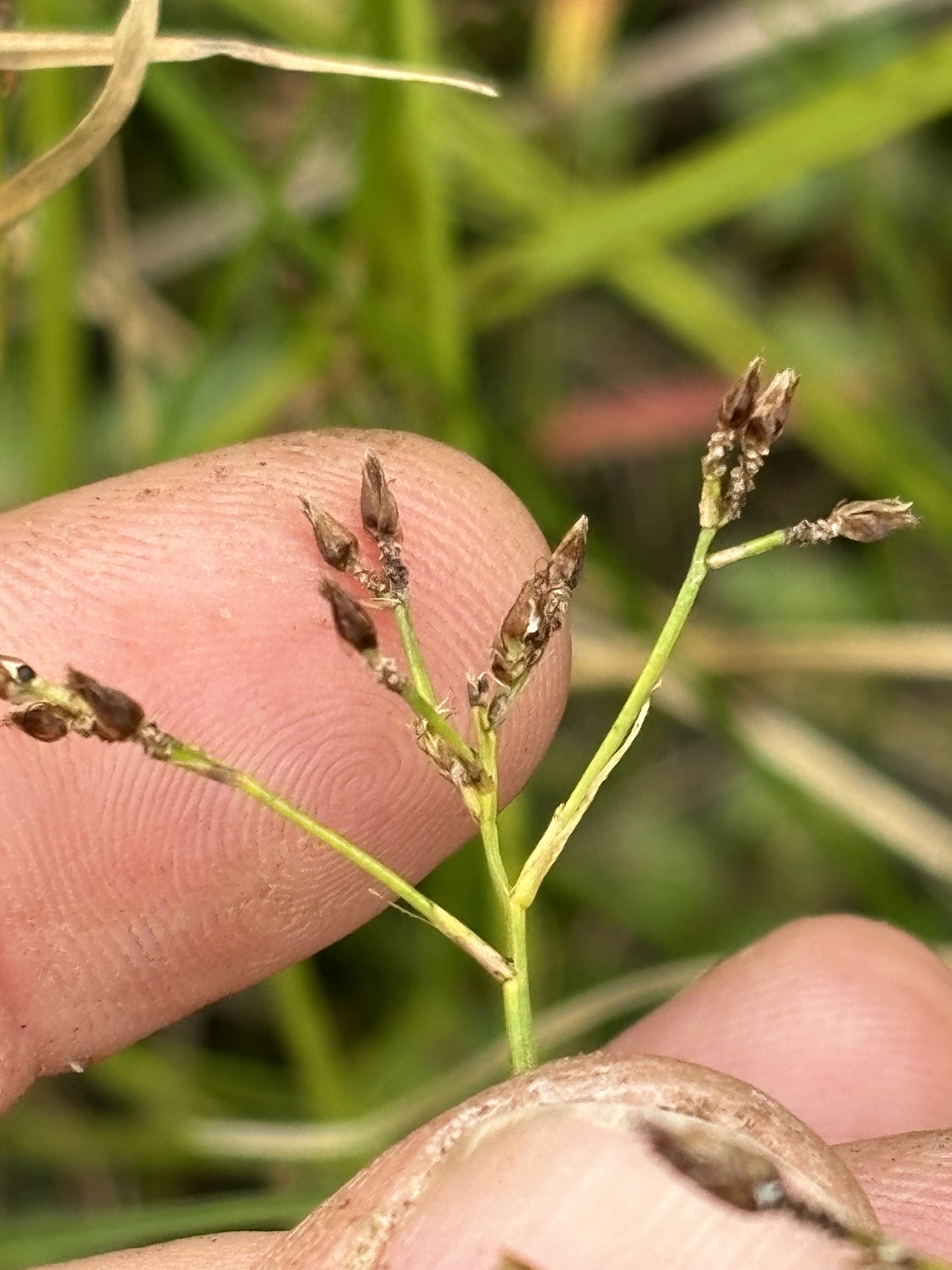Map Snapshot





11 Records
Seasonality Snapshot
Use of media featured on Maryland Biodiversity Project is only permitted with express permission of the photographer.
Long-beaked Beaksedge in Maryland (Date obscured). (c) Sean D Sipple, all rights reserved.
View Record Details
Media by
Sean Sipple via iNaturalist.
Long-beaked Beaksedge in Dorchester Co., Maryland (9/2/2017).
View Record Details
Media by
Bill Hubick.
Long-beaked Beaksedge in Maryland (Date obscured). (c) Sean D Sipple, all rights reserved.
View Record Details
Media by
Sean Sipple via iNaturalist.
Long-beaked Beaksedge in Maryland (Date obscured). (c) Sean D Sipple, all rights reserved.
View Record Details
Media by
Sean Sipple via iNaturalist.
Long-beaked Beaksedge in Dorchester Co., Maryland (8/27/2015).
View Record Details
Media by
Jim Brighton.
Long-beaked Beaksedge in Dorchester Co., Maryland (8/27/2015). (c) Jesse Lincoln, some rights reserved (CC BY-NC).
View Record Details
Media by
Jesse Lincoln via iNaturalist.
Source: Wikipedia
| Rhynchospora scirpoides | |
|---|---|

| |
| Scientific classification | |
| Kingdom: | Plantae |
| Clade: | Tracheophytes |
| Clade: | Angiosperms |
| Clade: | Monocots |
| Clade: | Commelinids |
| Order: | Poales |
| Family: | Cyperaceae |
| Genus: | Rhynchospora |
| Species: | R. scirpoides
|
| Binomial name | |
| Rhynchospora scirpoides (Torr.) A.Gray
| |
| Synonyms | |
|
Psilocarya scirpoides | |
Rhynchospora scirpoides, also referred to as Psilocarya scirpoides;[1] common names long-beaked beaksedge and long-beaked bald rush; is a plant in the Rhynchospora genus found in North America.
Conservation status
[edit]It is listed as endangered in Connecticut[2] and Rhode Island.[1] It is listed as threatened Indiana, Maryland and Michigan. It is listed as special concern in Massachusetts and as rare in New York (state).[1]
References
[edit]- ^ a b c "Plants Profile for Rhynchospora scirpoides (longbeak beaksedge )". plants.usda.gov. Retrieved 22 December 2019.
- ^ "Connecticut's Endangered, Threatened and Special Concern Species 2015". State of Connecticut Department of Energy and Environmental Protection Bureau of Natural Resources. Retrieved 1 February 2018. (Note: This list is newer than the one used by plants.usda.gov and is more up-to-date.)





